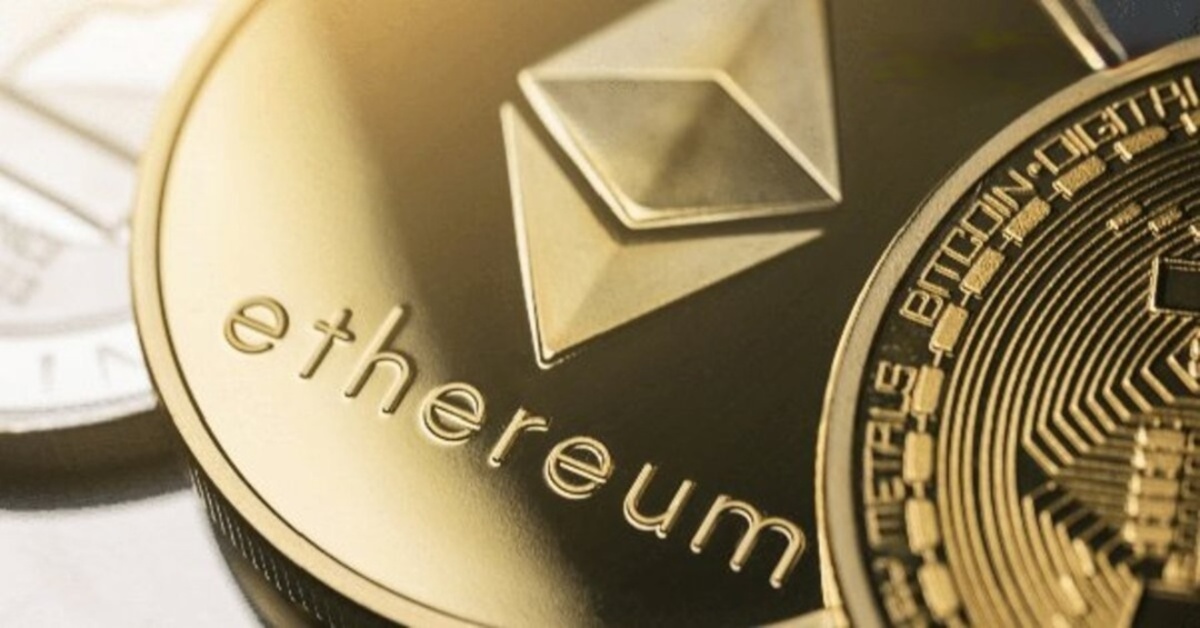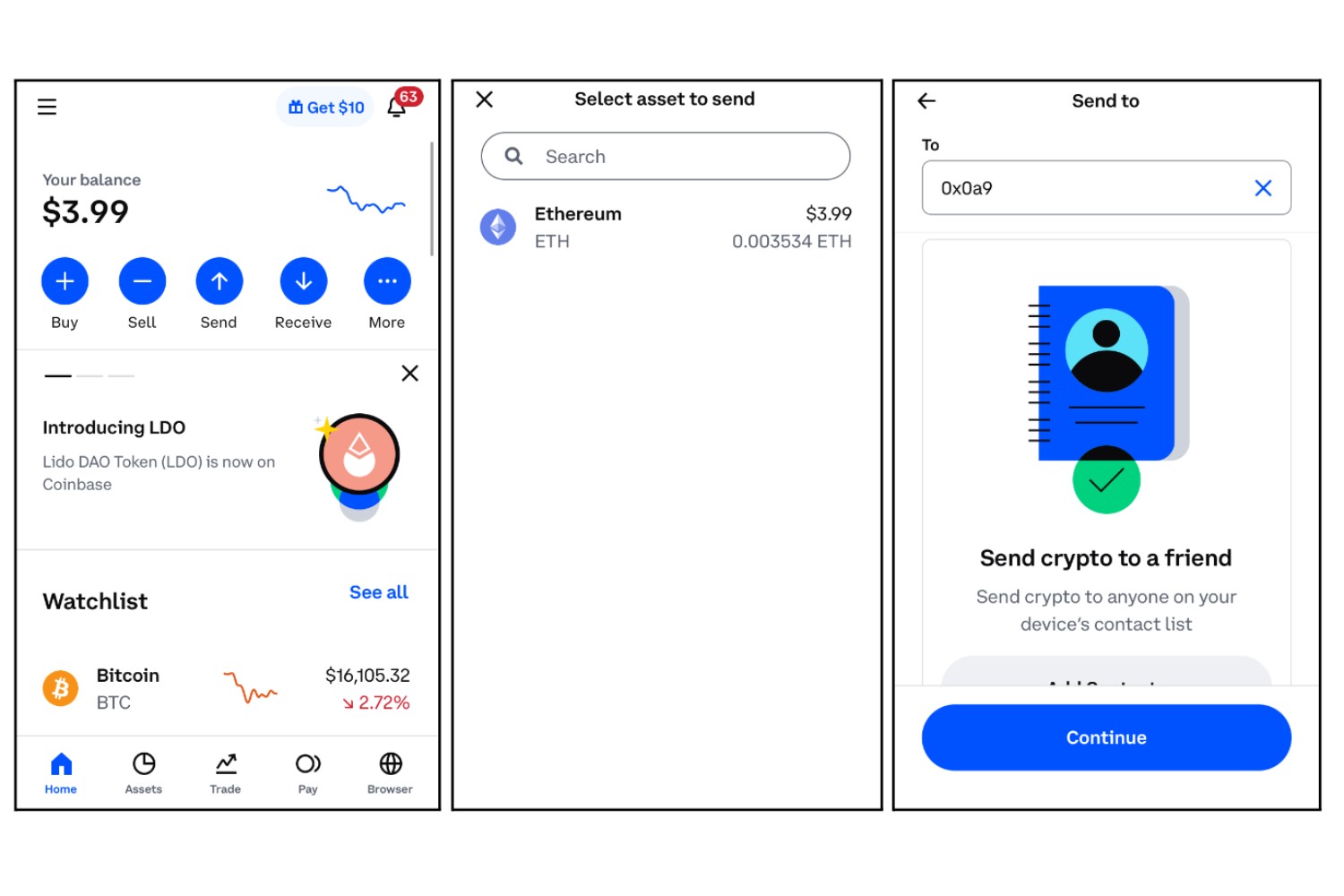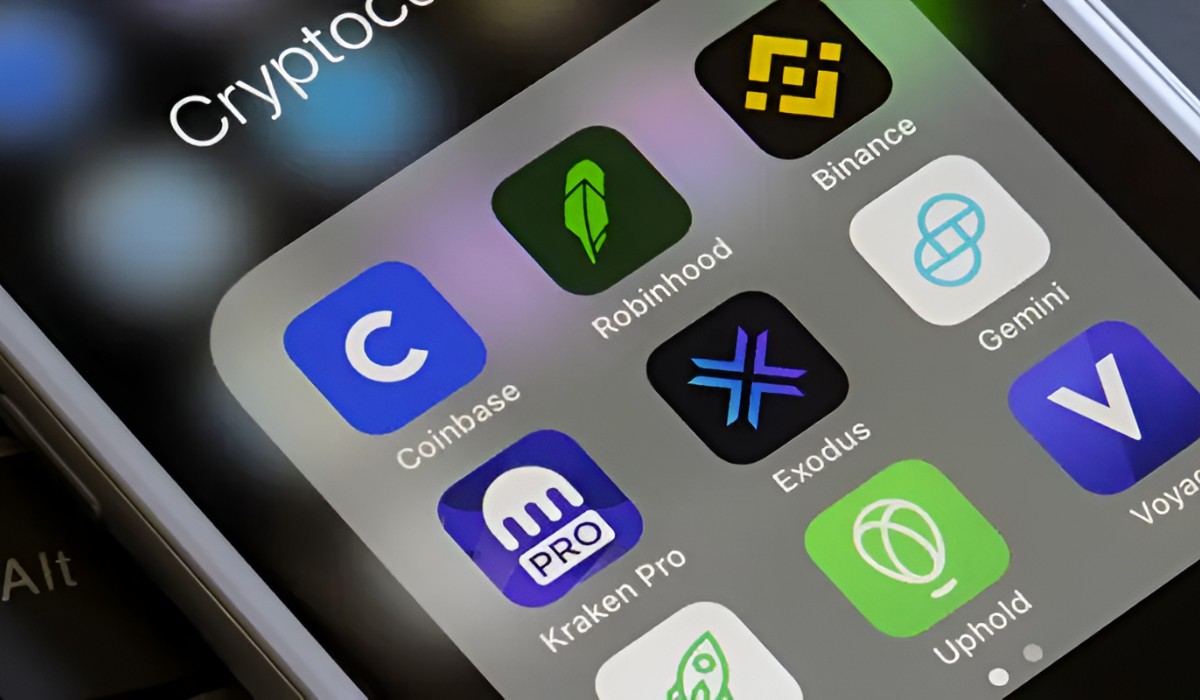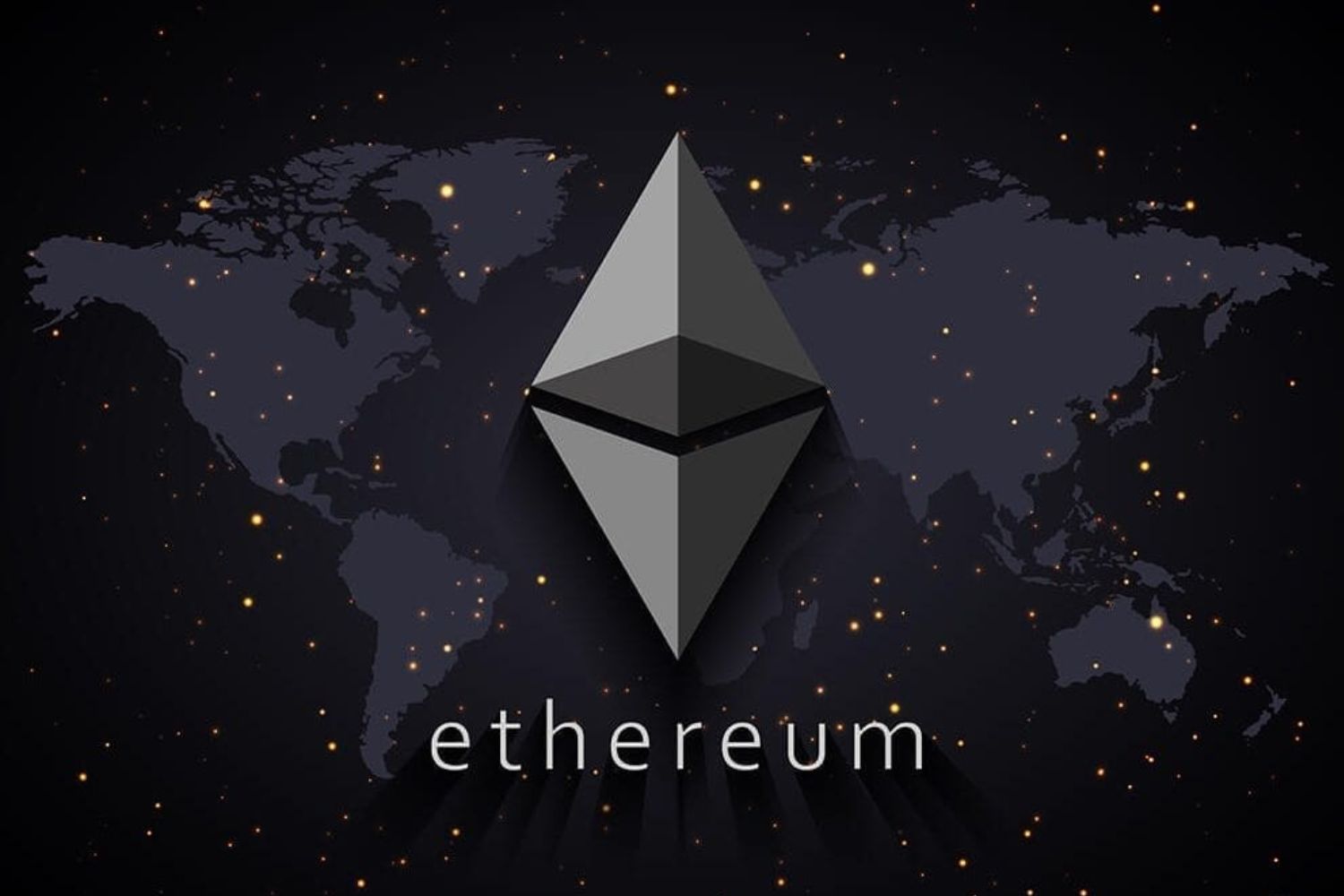Introduction
Ethereum, the second largest cryptocurrency by market capitalization, has gained immense popularity in recent years. As a decentralized platform for building and executing smart contracts, Ethereum provides a wide range of applications and use cases. One of the key aspects of using Ethereum is the ability to make transactions quickly and efficiently. However, understanding the factors that affect the speed of Ethereum transactions is essential for users to have a smooth experience on the platform.
In this article, we will explore the various factors that can impact the speed of Ethereum transactions. We will discuss the concept of block confirmation time, the significance of gas price and priority, and the role of network congestion in determining transaction speed. Additionally, we will highlight different types of transactions and their respective speeds. Moreover, we will provide tips on how to check the status of transactions and offer practical suggestions to expedite Ethereum transactions.
Before diving into the details, it is important to note that while Ethereum is designed to facilitate fast transactions, the actual speed can vary based on several factors. Understanding these factors will help users manage their expectations and make informed decisions when transacting on the Ethereum network.
So, whether you are a regular Ethereum user or considering using the platform for the first time, this article will provide you with valuable insights into the factors influencing Ethereum transaction speed. Let’s explore the intricacies of Ethereum transactions together and discover how to ensure faster and more efficient transactions on the Ethereum network.
Factors Affecting Ethereum Transaction Speed
Several factors contribute to the speed at which Ethereum transactions are processed and confirmed on the blockchain. By understanding these factors, users can gain insights into why transactions may sometimes take longer than expected. Here are the key factors that affect Ethereum transaction speed:
- Block Confirmation Time: Ethereum, like most blockchain networks, operates on a system of blocks. Each block contains a collection of transactions that need to be confirmed. The time it takes for a block to be confirmed is known as the block confirmation time. On average, Ethereum aims to produce a new block every 15 seconds. However, it is important to note that the confirmation time can vary depending on the network’s overall activity and congestion.
- Gas Price and Priority: Gas is a unit used on the Ethereum network to measure the computational effort required to execute a transaction or run a smart contract. Gas price, denoted in Gwei (a subunit of Ether), determines the amount users are willing to pay to have their transactions processed quickly. Miners are more likely to prioritize transactions with higher gas prices, as it incentivizes them to include those transactions in the next block.
- Network Congestion: Ethereum, being a popular blockchain network, can experience periods of high traffic and congestion. During these times, there is an increased number of pending transactions waiting to be confirmed, which can cause delays. Network congestion can be influenced by various factors, such as the number of users sending transactions, the complexity of transactions, and the demand for Ethereum-based applications.
- Types of Transactions and their Speed: Different types of transactions have varying speeds on the Ethereum network. Standard value transfers, such as sending Ether from one wallet to another, are typically faster compared to more complex smart contract interactions. This is because simple transactions require less computational effort and are less likely to encounter conflicts or errors during execution.
Understanding these factors is crucial for managing expectations when it comes to Ethereum transaction speed. By keeping an eye on block confirmation times, adjusting gas prices accordingly, and being aware of network congestion, users can optimize their transaction experience on the Ethereum network.
Block Confirmation Time
Block confirmation time is an essential aspect of Ethereum transaction speed. It refers to the time it takes for a new block to be added to the blockchain and confirmed by the network. On average, Ethereum aims to produce a new block approximately every 15 seconds. However, this time can vary due to network activity and congestion.
When a transaction is initiated on the Ethereum network, it is included in a “mempool” or a pool of unconfirmed transactions. Miners, who are responsible for processing and validating transactions, select transactions from the mempool to include in the next block. Once a block is successfully mined and added to the blockchain, the transactions within the block are considered confirmed.
It’s important to note that the more confirmations a transaction has, the more secure it is considered. While some transactions may require only a few confirmations, others, especially those involving high-value assets or sensitive operations, may require more confirmations to ensure their validity and reliability.
The block confirmation time can vary due to various factors. During times of high network activity and congestion, the mempool may be flooded with pending transactions, leading to longer confirmation times. Conversely, during periods of lower network activity, when the number of pending transactions is relatively low, confirmation times can be faster.
Monitoring the block confirmation time can help users estimate the expected time for their transactions to be confirmed. Several Ethereum blockchain explorers and wallet providers offer real-time information on the current block confirmation time, enabling users to gauge the network’s speed and make informed decisions about gas prices and priorities.
It’s worth noting that while the Ethereum network strives to maintain an average block confirmation time of 15 seconds, it is important to consider the potential variability due to network conditions and factors beyond immediate control. Understanding the block confirmation time gives users a better understanding of the overall transaction speed on the Ethereum network, allowing them to manage their expectations accordingly.
Gas Price and Priority
Gas price and priority play a crucial role in determining the speed at which Ethereum transactions are processed. Gas refers to the computational effort required to execute a transaction or run a smart contract on the Ethereum network. Gas price, denoted in Gwei (a subunit of Ether), represents the amount users are willing to pay per unit of gas to have their transactions prioritized by miners.
Miners on the Ethereum network have the discretion to choose which transactions to include in the next block based on the gas price offered by users. Transactions with higher gas prices are typically given higher priority, as miners are incentivized to include those transactions in the blocks they are mining. Conversely, transactions with lower gas prices may take longer to be processed and confirmed.
Setting an appropriate gas price is crucial to ensure that transactions are processed in a timely manner. If the gas price set by a user is too low, there is a higher chance that miners will prioritize other transactions with higher gas prices. As a result, the transaction may experience delays or may not be confirmed at all, depending on the network’s congestion level.
On the other hand, setting a gas price that is too high may result in unnecessary fees being paid for the transaction. It is important to strike a balance between the gas price and the desired transaction speed. Ethereum wallets and blockchain explorers often provide estimations of gas prices based on current network conditions, helping users determine the optimal gas price for their transactions.
Gas price is not the only factor that miners consider when prioritizing transactions. The overall transaction size or gas limit also affects the priority level. Transactions with a higher gas limit require more computational resources, and as a result, miners may choose to prioritize smaller and more efficient transactions over larger ones.
It’s important to note that gas prices can vary throughout the day depending on network activity. During periods of high demand, gas prices may increase, while they may decrease during periods of lower activity. By monitoring gas prices and network congestion, users can optimize their transaction speed by setting appropriate gas prices and priorities.
Understanding the concept of gas price and priority empowers Ethereum users to make informed decisions for their transactions. By offering a competitive gas price and carefully considering the priority level, users can increase the chances of their transactions being processed quickly and efficiently on the Ethereum network.
Network Congestion
Network congestion is a significant factor that can impact the speed of Ethereum transactions. As Ethereum has gained popularity and adoption, the network experiences varying levels of traffic and congestion. During times of high network activity, the number of pending transactions waiting to be confirmed can increase, resulting in delays in transaction processing.
Several factors contribute to network congestion on the Ethereum network. The first factor is the number of users sending transactions at any given moment. As more users utilize the Ethereum network for various purposes, such as value transfers, interacting with decentralized applications (dApps), or participating in token sales, the demand for transaction processing increases, leading to congestion.
The complexity of transactions also affects network congestion. Ethereum’s capabilities extend beyond simple value transfers, allowing users to create and execute smart contracts. Smart contracts can involve multiple operations and computations, which require more computational resources and time to process. As a result, complex smart contract interactions may contribute to network congestion and slower transaction speeds.
In addition, the popularity of decentralized applications (dApps) built on the Ethereum network can significantly impact network congestion. If a dApp experiences a surge in usage or holds a high-profile event, such as a token sale or an airdrop, a large number of transactions may be initiated within a short period. This sudden increase in activity can lead to congestion and longer confirmation times for all participants.
It’s essential to stay informed about network congestion to manage transaction expectations effectively. Ethereum blockchain explorers and wallet providers often display real-time statistics on the current state of the network, including the number of pending transactions and the average time to confirm a transaction. These insights can help users gauge the current level of congestion and adjust their gas prices, priorities, or transaction timings accordingly.
While network congestion can sometimes cause delays in Ethereum transactions, it is important to remember that the varying levels of congestion are a testament to the network’s popularity and growing usage. As Ethereum developers and the community continue to work on scalability solutions, such as Ethereum 2.0 and layer 2 solutions like Optimistic Rollups, it is expected that network congestion will be mitigated, resulting in improved transaction speeds.
Being aware of network congestion and its potential impact on transaction speeds allows Ethereum users to plan their interactions accordingly. By staying informed and making informed choices, users can navigate through periods of congestion more efficiently and experience smoother and faster Ethereum transactions.
Types of Transactions and their Speed
Various types of transactions can be conducted on the Ethereum network, and each type has its own speed characteristics. Understanding the different transaction types and their respective speeds can help users manage their expectations and plan their interactions accordingly.
1. Standard value transfers: The most common type of transaction on the Ethereum network is the transfer of Ether from one wallet to another. These transactions involve simply sending Ether tokens from one address to another. Typically, standard value transfers are among the fastest transactions on the Ethereum network. These transactions require minimal computational effort, resulting in quicker processing and confirmation.
2. Smart contract interactions: Ethereum’s ability to execute smart contracts is one of its defining features. Smart contracts allow for code execution and automation of various processes. Interacting with smart contracts typically involves more complex operations and computations, resulting in slower transaction speeds compared to standard value transfers. The execution of smart contracts requires additional steps, such as contract validation and execution of the specified code, which can take more time to process and confirm.
3. Token transfers: Ethereum-based tokens, such as ERC-20 or ERC-721 tokens, have become widely popular. Token transfers involve sending tokens from one wallet to another, much like standard value transfers. However, depending on the specific token and its associated smart contract, token transfers may have different speeds. In general, token transfers are similar in speed to standard value transfers, but it’s important to consider any additional complexities of the token’s smart contract.
4. Complex smart contract interactions: Some smart contract interactions involve more complexity and computational effort than others. For example, executing a decentralized exchange transaction that involves multiple steps, such as approving token transfers and completing a trade, may take longer to process and confirm. The complexity of the smart contract and the number of operations involved contribute to slower transaction speeds in these cases.
It’s important to note that the speed of transactions can also be influenced by factors like gas price and network congestion, regardless of the transaction type. While standard value transfers tend to be faster, it is essential to consider the specific requirements and complexities of the transaction type to manage expectations effectively.
By understanding the different transaction types and their relative speeds on the Ethereum network, users can anticipate transaction times and plan their interactions accordingly. This knowledge allows users to make informed decisions about gas prices, priorities, and the appropriate type of transaction for their specific needs.
How to Check Transaction Status
Keeping track of the status of your Ethereum transactions is essential to ensure their successful processing and confirmation on the blockchain. Fortunately, there are several ways to check the status of a transaction on the Ethereum network. Here are some common methods:
- Using an Ethereum blockchain explorer: Ethereum blockchain explorers are online tools that allow users to explore and search for transactions, blocks, and addresses on the Ethereum network. By entering the transaction hash or the sender/receiver address, users can retrieve information about the transaction, including its status and the number of confirmations it has received.
- Checking your Ethereum wallet: Most Ethereum wallets provide a feature to view the status of your recent transactions. By accessing your wallet’s transaction history, you can find the relevant transaction and check its status. Wallets often display details such as the transaction hash, the block it was included in, and the current number of confirmations.
- Using Ethereum network status websites: There are websites dedicated to providing real-time information about the status of the Ethereum network. These websites display statistics such as the number of pending transactions, the average block confirmation time, and the gas price trends. By monitoring these websites, you can gauge the overall health of the network and the potential impact on your transaction’s status.
- Following Ethereum community forums and social media: The Ethereum community is vibrant and active across various forums and social media platforms. By engaging with the community, you can gather insights and updates regarding network congestion, known issues, and tips for tracking transaction status. Forums like Reddit and social media platforms like Twitter are popular sources of information and discussions related to Ethereum.
When checking the status of your Ethereum transactions, it’s important to consider factors such as network congestion and the desired number of confirmations for your transaction. Depending on the gas price and the overall network activity, it may take some time for a transaction to be processed and confirmed. Monitoring the confirmations can give you an indication of the transaction’s progress on the blockchain.
It’s worth noting that transaction status can be updated dynamically as the transaction progresses. Initially, a transaction may appear as “pending” or “unconfirmed.” As it gets included in a block and receives confirmations, the status may change to “confirmed.” If a transaction fails for any reason, it may be marked as “failed” or “reverted.”
By checking the status of your Ethereum transactions through various methods and staying informed about the network’s overall state, you can ensure that your transactions are progressing as expected and take appropriate action if necessary.
Tips for Faster Ethereum Transactions
When it comes to Ethereum transactions, there are several strategies and tips that can help users expedite the processing and confirmation of their transactions. Here are some tips to ensure faster Ethereum transactions:
- Set an appropriate gas price: Gas price directly impacts the priority given to a transaction by miners. To increase the chances of faster confirmation, users can set a competitive gas price that aligns with the current network conditions. Monitoring gas price trends and adjusting accordingly can help optimize transaction speed.
- Consider gas limits: Setting an appropriate gas limit for transactions is crucial. Insufficient gas limits can lead to failed transactions, while unnecessarily high gas limits can result in higher fees. Understanding the computational requirements of a transaction and setting a gas limit accordingly can improve the efficiency of transaction processing.
- Avoid peak network congestion: During periods of high network congestion, transaction processing can be slower. Monitoring network activity and avoiding peak congestion times can increase the chances of faster transaction confirmation. Planning transactions during periods of lower activity can help expedite the process.
- Use transaction acceleration services: In cases where a transaction is taking longer than expected, transaction acceleration services can be utilized. These services can help increase the priority of a pending transaction by resubmitting it with a higher gas price. However, it’s important to research and choose reputable services to ensure the security of the transaction.
- Optimize smart contract interactions: If interacting with a smart contract, consider optimizing the transaction parameters to reduce computation and improve speed. Review and optimize the code within the smart contract to make it more efficient. This can help reduce transaction complexities and speed up processing.
- Utilize Layer 2 scaling solutions: Layer 2 scaling solutions, such as Optimistic Rollups, enable off-chain transaction processing to improve scalability and transaction speed. By utilizing these solutions, users can benefit from faster and more cost-effective transactions without congesting the main Ethereum network.
It’s important to note that while following these tips can improve transaction speed, the Ethereum network’s state and overall demand can still impact the processing time. Network conditions and factors beyond immediate control can sometimes cause delays. Therefore, it is crucial to monitor the transaction’s progress and adjust expectations accordingly.
By following these tips and staying informed about network conditions, users can increase the chances of faster Ethereum transactions. Utilizing optimal gas prices, considering gas limits, avoiding peak congestion, leveraging acceleration services when necessary, optimizing smart contract interactions, and exploring Layer 2 scaling solutions are all strategies that can improve the efficiency and speed of transactions on the Ethereum network.
Conclusion
As a decentralized platform for executing smart contracts, Ethereum offers a wide range of applications and use cases. Understanding the factors that affect Ethereum transaction speed is crucial for users to have a seamless experience on the network.
In this article, we explored the key factors affecting Ethereum transaction speed. We discussed the significance of block confirmation time, the role of gas price and priority in transaction processing, the impact of network congestion, and the different speeds of transaction types. We also provided tips for checking transaction status and optimizing transaction speed.
It’s important to remember that while Ethereum aims to facilitate fast transactions, the actual speed can vary based on network conditions and factors beyond immediate control. Network congestion, gas price dynamics, and transaction complexity are some of the variables that can impact transaction speed.
By monitoring block confirmation times, considering gas prices and priorities, being aware of network congestion, and optimizing transaction parameters when possible, users can improve the efficiency and speed of their Ethereum transactions. Additionally, staying informed about transaction status through blockchain explorers, wallet providers, community forums, and social media platforms can help users track the progress of their transactions.
Ethereum’s evolving ecosystem, including the upcoming Ethereum 2.0 upgrade and layer 2 scaling solutions, promises to enhance network scalability, throughput, and transaction speed. As these developments unfold, it is expected that transaction speed on the Ethereum network will continue to improve.
By applying the tips and strategies outlined in this article, users can navigate the intricacies of Ethereum transaction speed and optimize their transaction experience on the network. Whether you are a regular Ethereum user or exploring the platform for the first time, understanding these factors and implementing best practices will help ensure faster and more efficient transactions on the Ethereum network.

























